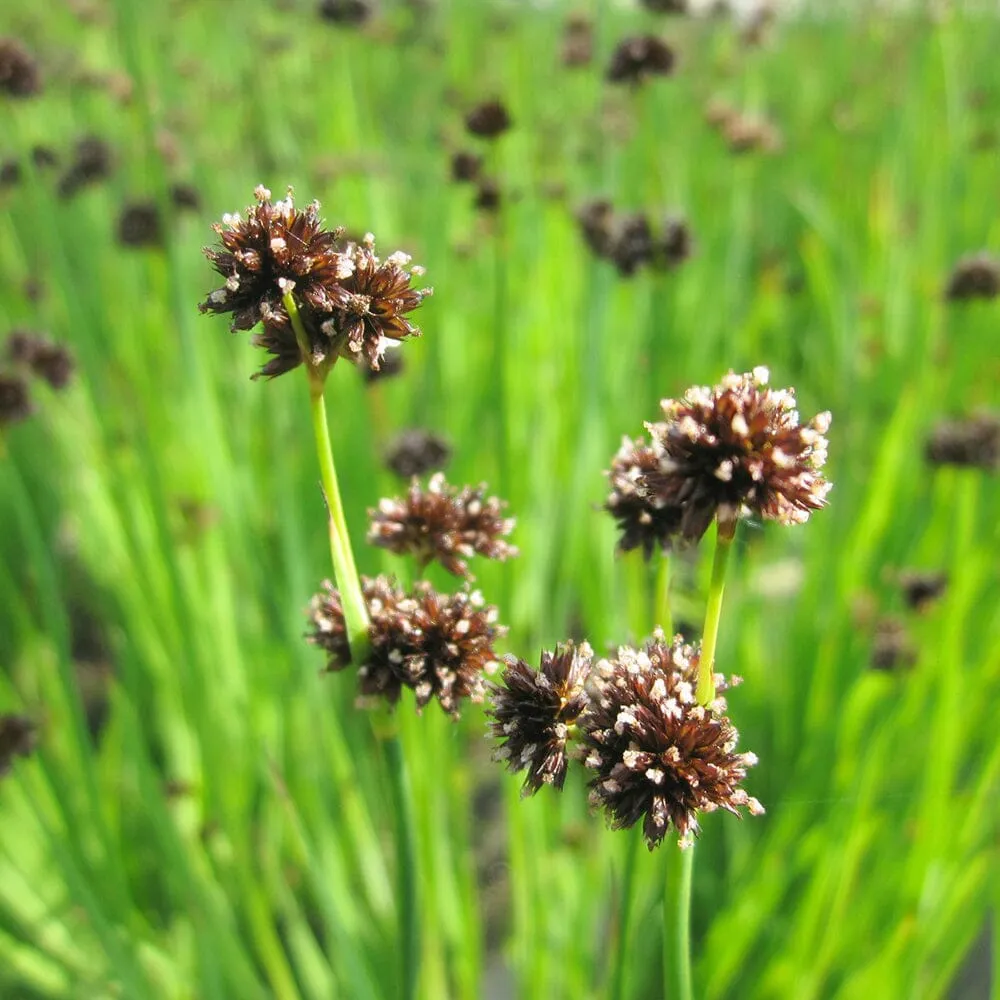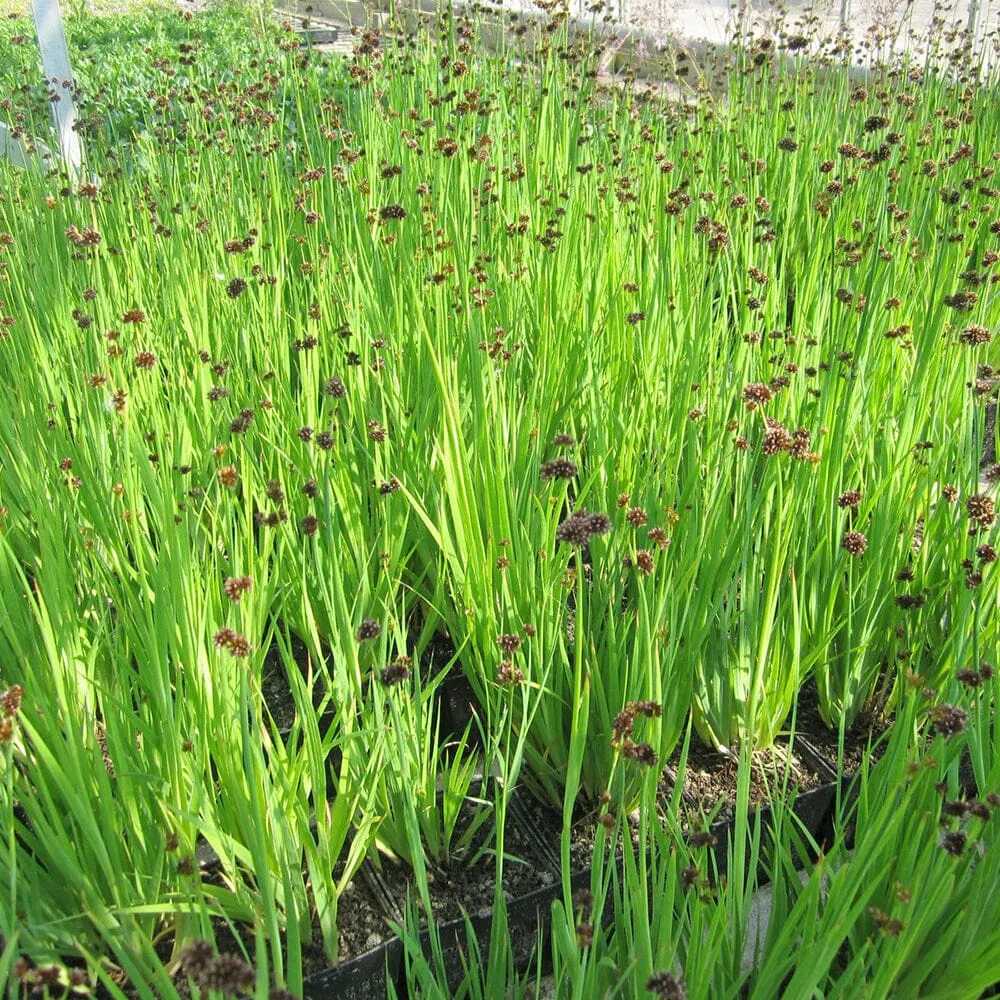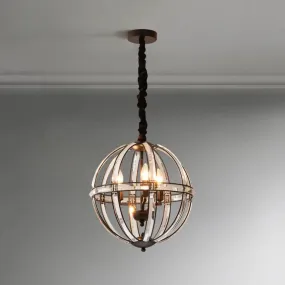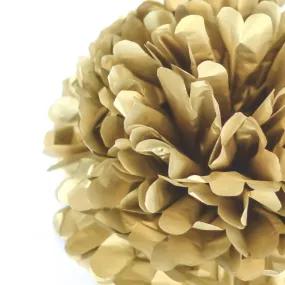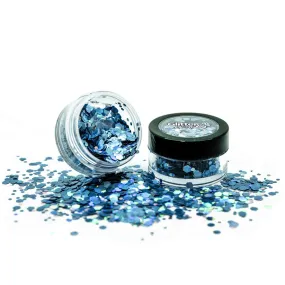Juncus ensifolius, commonly known as Swordleaf Rush or Daggerleaf Rush, is a perennial grass-like plant that is native to wetland areas and marshes. It is characterized by its long, narrow, and stiff foliage, resembling sword-shaped leaves. Here's a detailed description and care guide for Juncus ensifolius:
Description:
Juncus ensifolius forms clumps of upright, grass-like stems that can reach a height of 12 to 36 inches (30 to 90 cm). The stems are slender and feature narrow, elongated leaves that have a sharp, pointed tip, resembling a sword or dagger. The foliage is typically dark green and provides an attractive vertical accent in garden landscapes. In late spring to early summer, small clusters of inconspicuous, greenish flowers may appear on the stems, but they are not the main ornamental feature of this plant. The foliage is the main attraction, adding texture and interest to wetland gardens, ponds, or naturalized areas.
Care Guide:
Lighting: Juncus ensifolius thrives in full sun to partial shade. It can tolerate a range of light conditions but generally prefers at least 4 to 6 hours of direct sunlight per day. In hotter regions, providing afternoon shade can help prevent scorching of the foliage.
Water: Juncus ensifolius prefers consistently moist to wet soil conditions. It is naturally found in wetland habitats, such as marshes, pond edges, or along stream banks. Ensure the soil remains evenly moist throughout the growing season. Water deeply when the top inch of soil feels dry to the touch. In drier regions or during hot weather, providing supplemental irrigation can help maintain adequate moisture levels.
Soil: Juncus ensifolius is adaptable to a range of soil types but prefers moist, loamy, or sandy soil that is well-draining. It can tolerate both acidic and alkaline soils. Incorporating organic matter, such as compost or well-rotted manure, into the soil before planting can improve its fertility and moisture retention capabilities.
Temperature: Juncus ensifolius is hardy in USDA hardiness zones 4-9. It can tolerate a wide range of temperatures, from cold winters to hot summers. It is a resilient plant that can adapt to different climates.
Fertilizer: Juncus ensifolius generally does not require heavy fertilization. It can obtain most of its nutrients from the surrounding soil. However, if the plant shows signs of nutrient deficiency or poor growth, you can apply a balanced, slow-release fertilizer in early spring. Follow the manufacturer's instructions for dosage and application methods.
Maintenance: Juncus ensifolius is a low-maintenance plant. Regular maintenance involves removing any dead or yellowed foliage to maintain a neat appearance. If the clumps become too dense or overcrowded, you can divide them every few years in early spring. Divisions can be replanted or shared with other areas of the garden.
Mulching: Applying a layer of organic mulch, such as shredded bark or compost, around the base of the plant can help conserve moisture, suppress weed growth, and regulate soil temperature. Mulching is particularly beneficial during the establishment period or in regions with extreme temperatures.
Pests and Diseases: Juncus ensifolius is generally resistant to pests and diseases. However, it may occasionally attract aphids or be susceptible to root rot in waterlogged conditions. Monitor the plant for any signs of pests or diseases and take appropriate measures if necessary.
By following these care guidelines, you can enjoy the unique foliage and vertical accent of Juncus ensifolius in your garden. Adjust the care routine based on your specific growing conditions and monitor the plant for any signs of stress, pests, or diseases. With proper care, Juncus ensifolius will provide a distinct and eye-catching element to your outdoor spaces.




